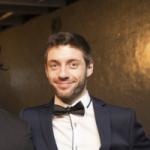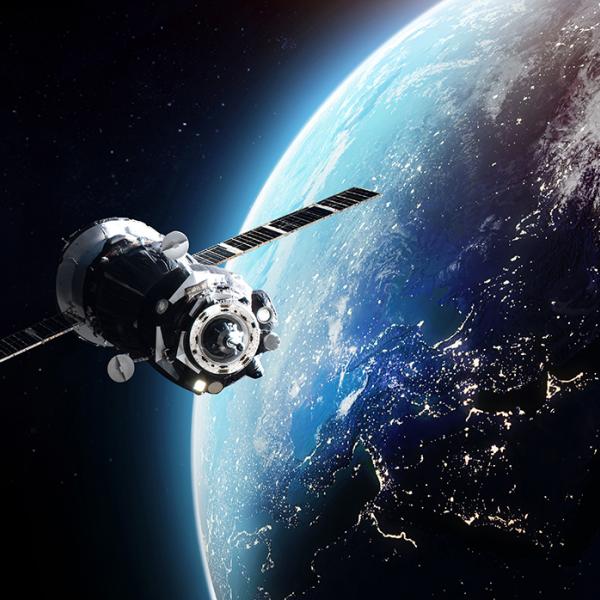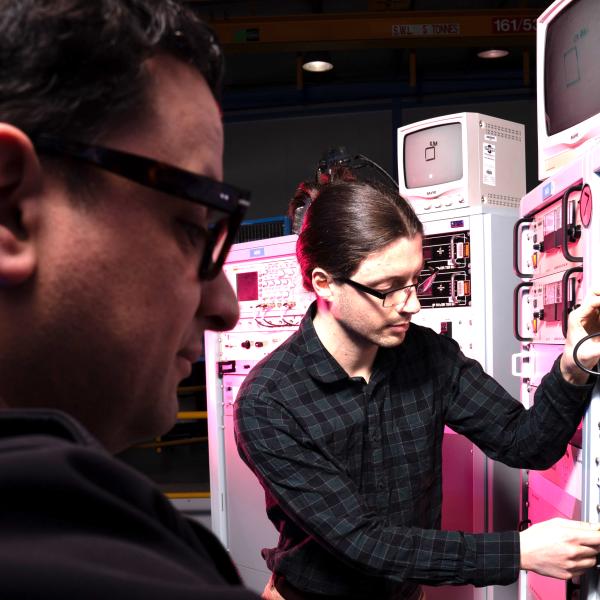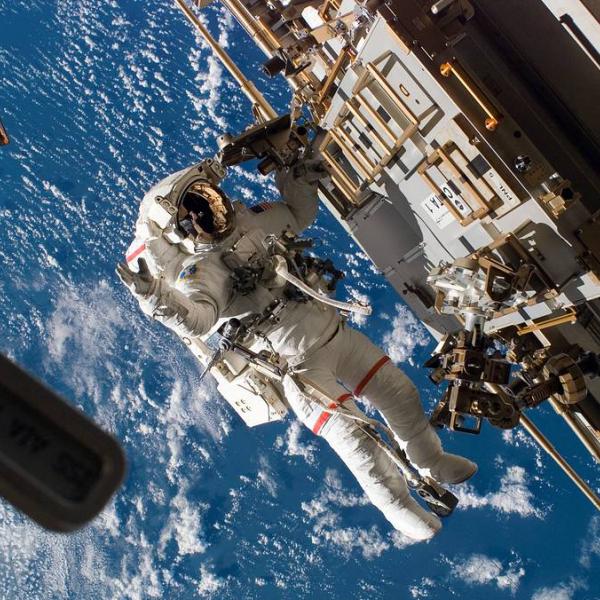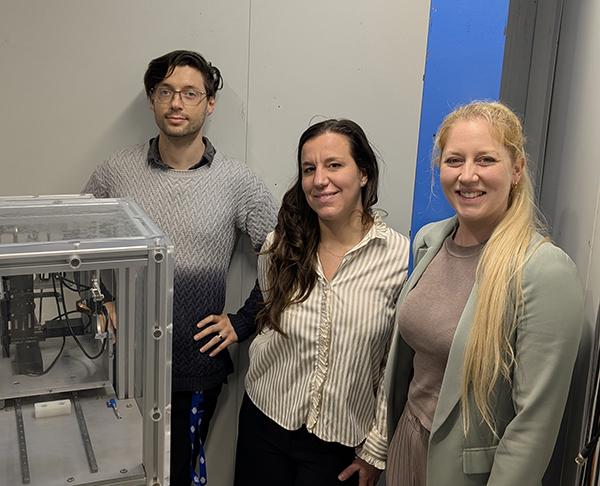
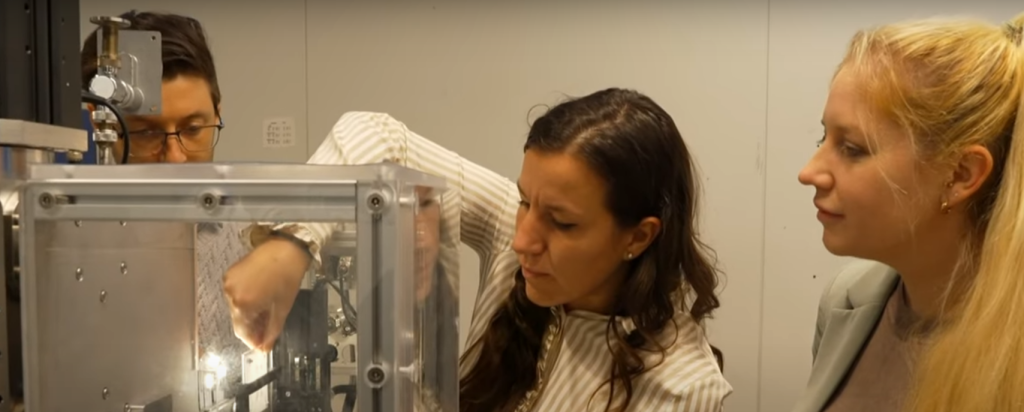
Published on the 20th June 2025 by ANSTO Staff
.ABC have reported on their TV radio and website channels some exciting research on plants that are heading to the Moon next year as part of the Lunaria One expedition.
Mission Lead Lauren Fell of Lunaria One used the Centre for Accelerator Science space testing facilities for investigations of the impact of space radiation on seeds and plants to select the most resilient plants for the voyage.
The tests on seeds and electronic components were performed on the ANTARES accelerator as part of a collaborative grant project “Australian Lunar Experiment Promoting Horticulture (ALEPH)”.
The Grant from the Australian Space Agency funded the Australian Space Agency Moon to Mars Initiative: Demonstrator Mission grant opportunity: Moon to Mars initiative | Australian Space Agency // Moon to Mars Initiative Demonstrator Mission Grants | business.gov.au
The Centre for Accelerator Science is one of the partners contributing expertise and enabling access to radiation testing facilities. Dr Stefania Peracchi, a space radiation specialist at the Centre, is the lead at ANSTO for the grant project which includes direct collaboration with partners Lunaria One and RMIT.
“Testing on the ANTARES beamline closely replicates the lunar mission radiation environment expected inside the ALEPH chamber during solar events,” explained Dr Peracchi.
Both dehydrated plant seeds and electronic components of the camera that will monitor the seeds germination were tested.
Dr Ryan Drury, Accelerator Scientist and Mechatronic Engineer, contributed expertise in supporting the RMIT team in preparing the electronic component set-up and testing.
“ANSTO unique precision irradiation capabilities were crucial for the delivery of the activity. The ANTARES ion microbeam was used to irradiate the sub-millimetre die of the electronic devices with high precision, and it was possible to irradiated sub-chips on the same sensor to study the single response to radiation, “ said Dr Peracchi.
“Similarly for biological samples, the microbeam was raster scanned across the customised areas on which the seeds and other species were positioned to maximise the dose delivery.”
Read the ABC online report,
Listen to the ABC radio segment

